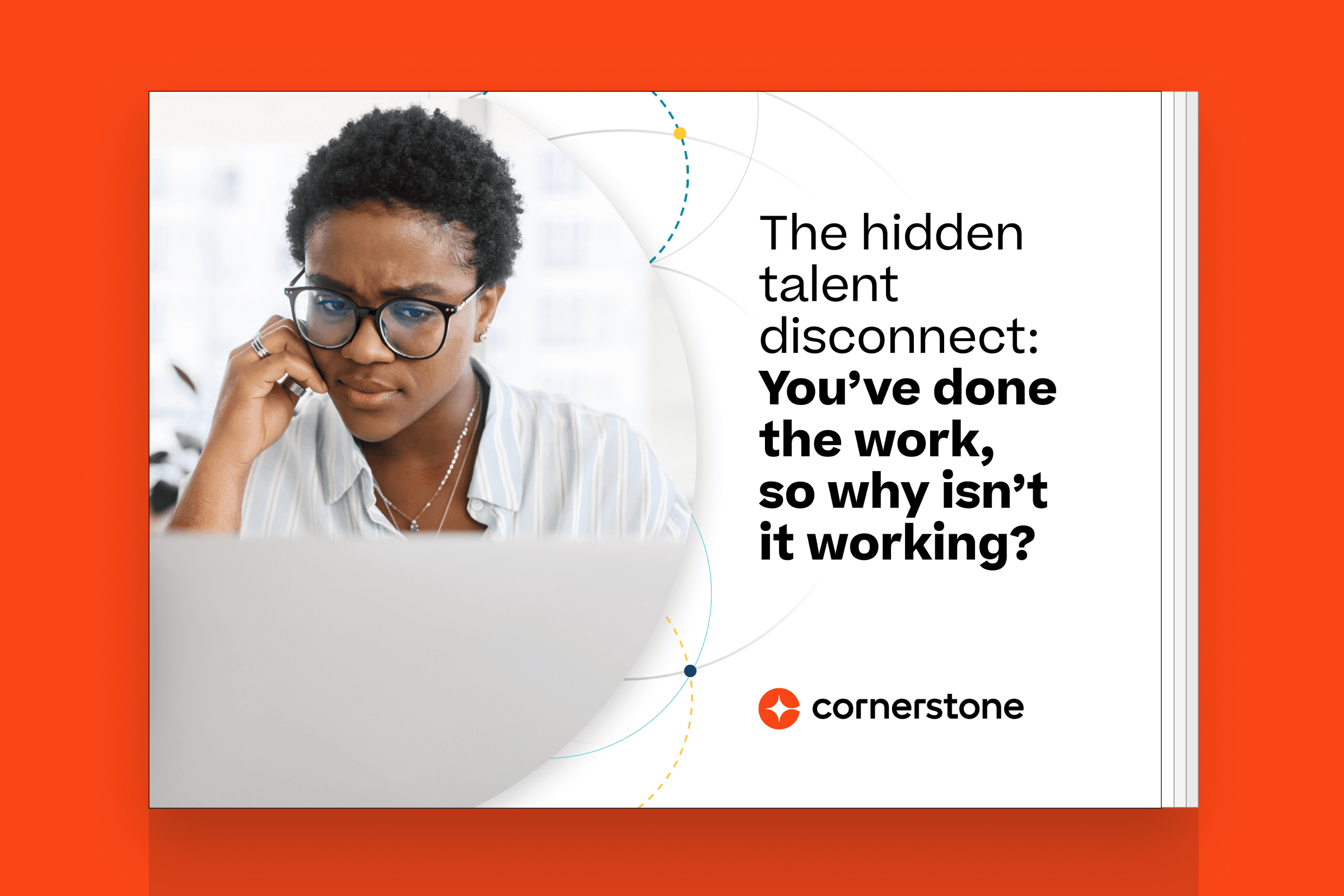This probably isn't the first time you've heard Moneyball mentioned in HR circles. The 2003 book, and subsequent 2011 movie, about baseball analytics was one of the first proofs of the power of big data to predict talent — and quickly became the token reference for analytics proponents across industries.
But the impact of analytics isn't the only talent management lesson you can glean from the celebrated title. There is also a little something to learn about employee engagement, particularly when it comes to building more trusting, committed relationships with employees. The main idea? Your employees aren't just cogs on a wheel — they're partners.
This idea of a symbiotic employer-employee relationship was recently made famous by The Alliance: Managing Talent in the Networked Age, a New York Times bestseller co-authored by Ben Casnocha, Reid Hoffman and Chris Yeh. And although the movie predates the book, a scene in "Moneyball" perfectly captures The Alliance management strategy now followed by startups and Fortune 500s around the world.
In the clip, General Manager of the Oakland A's, Billy Beane, is talking to outfielder David Justice. At 37, Justice is well past his prime in the baseball world, but not ready to retire. Beane needs an older player to show the young guys how to play at the pro level. They both find a need in each other, and the expectations are clearly laid out about how their partnership will work.
All too often, this kind of conversation occurs one-way, from employer to employee: "This is what we need from you." As captured in the clip above, and explored in The Alliance, both parties benefit much more from a two-way street. So, how can you implement this strategy at your organization?
Your Employees Aren't Family — or Free Agents
Many employers proudly state that "our company is like a family," but this can actually be detrimental to your workforce. It's hard to fire a low-performing family member. On the other end of the spectrum, employees are often seen as free agents, which distances them from your company's mission. The best bet falls in the middle: think of your employees as partners, and you set the stage for mutual success — regardless of whether they become a critical member of your team or a short-term worker. As in baseball, you have to be a team to succeed, but the roster could change any day.
Focus on Quality, Not Quantity
Since the economy has recovered, job hopping is the new norm. Instead of trying to prevent employees from leaving, maximize the value of their contribution to the company by creating dialogue around professional development. An engaged employee with developed skills will achieve greater business impact, even if they are only around for a few years. As seen in "Moneyball," Beane and Justice both know his time on the A's is limited, but they agree to make the most of it on both sides.
Implement a "Tour of Duty"
All employees want to build their careers, and you can harness this universal ambition by viewing employee tenures as "Tours of Duty," instead of life-long careers. A "Tour of Duty" is a new kind of employee contract or game plan that clearly lays out objectives, expectations and defines success. The plan works for both sides — the employee grows his or her skills, and that growth contributes to the company's bottom line.
Keep an Open Door
The Alliance hinges on organizations having honest, open dialogue with their employees, which requires a culture of trust. Managers should have an "open door" policy, where employees feel comfortable coming to them with problems — instead of simply giving their notice. This "right of first conversation" (ROFC) policy ensures that if an employee is unhappy or thinking about leaving for any reason, they trust their manager enough to tell them first. In the short-term, an open door ensures engagement, and in the long-term, it saves the company from being blind-sided by an unexpected resignation.
Overall, transforming the employer-employee relationship puts both stakeholders in a better position. High turnover is almost a given in the modern world of work, but by following The Alliance, companies can ensure that everyone can thrive, even when individual goals differ.
Want to learn more about The Alliance? Check out Chris Yeh's podcast on HCI and read Cornerstone's brief on strengthening your relationship with employees.
Photo: Sony Pictures


